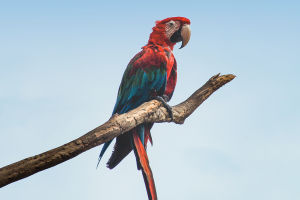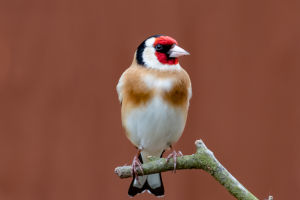As we delve into the fascinating world of wildlife, we can’t help but be captivated by the pronghorn antelope.
These remarkable creatures, known for their incredible speed and unique characteristics, are a sight to behold in the wild. Join us, Lykkers, as we explore the wonders of the pronghorn and uncover what makes them so special!
What is a Pronghorn?
The pronghorn, often mistakenly referred to as an antelope, is native to North America. Known scientifically as Antilocapra americana, these animals are the only surviving members of the family Antilocapridae. Unlike true antelopes, pronghorns are uniquely adapted to the North American plains, where they thrive in open grasslands and deserts.
Incredible Speed and Adaptations
One of the most astonishing facts about pronghorns is their speed. They can reach speeds of up to 55 miles per hour, making them the second-fastest land mammals, only behind the cheetah. This remarkable speed is a survival mechanism that evolved from their need to escape predators like wolves and coyotes.
Their adaptations extend beyond just speed; pronghorns have large eyes that provide excellent vision, allowing them to spot danger from great distances. Their unique two-pronged horns, which can grow up to 15 inches long, are another defining feature, with males sporting more prominent horns than females.
Pronghorn Facts: the American "Antelope" 🦌 Animal Fact Files
Video by Animal Fact Files
Habitat and Behavior
Pronghorns primarily inhabit the western United States, particularly in states like Wyoming, Montana, and Idaho. They are often seen grazing in open areas, feeding on a diet consisting mainly of grasses, herbs, and shrubs. These animals are social creatures and typically form small herds, especially during the mating season.
During our visit to a national park, we were fortunate to observe a group of pronghorns grazing peacefully. It was mesmerizing to see them in their natural habitat, their sleek bodies moving gracefully across the landscape. As we quietly watched, we learned about their fascinating behaviors, including their fleeing tactics and unique communication methods.
Conservation Status
While pronghorns are currently not endangered, their populations have faced challenges due to habitat loss and human encroachment. Conservation efforts are in place to protect their natural habitats and ensure that future generations can enjoy the sight of these beautiful creatures. Various organizations work tirelessly to monitor their populations and advocate for sustainable land use practices.
When planning to see pronghorns in the wild, it’s best to visit during early morning or late afternoon when they are most active. National parks and wildlife refuges are excellent places to catch a glimpse of these magnificent animals. Remember to respect their space and observe from a distance, allowing them to thrive in their natural environment.
Final Thoughts
The pronghorn antelope is a true testament to the wonders of nature, showcasing the beauty and resilience of wildlife. From their incredible speed to their unique adaptations, these animals are a captivating subject for wildlife enthusiasts and nature lovers alike.
We encourage our fellow Lykkers to take the time to learn about and appreciate the pronghorn. Whether through visits to national parks or educational resources, let’s celebrate and protect these amazing creatures for future generations to admire!


